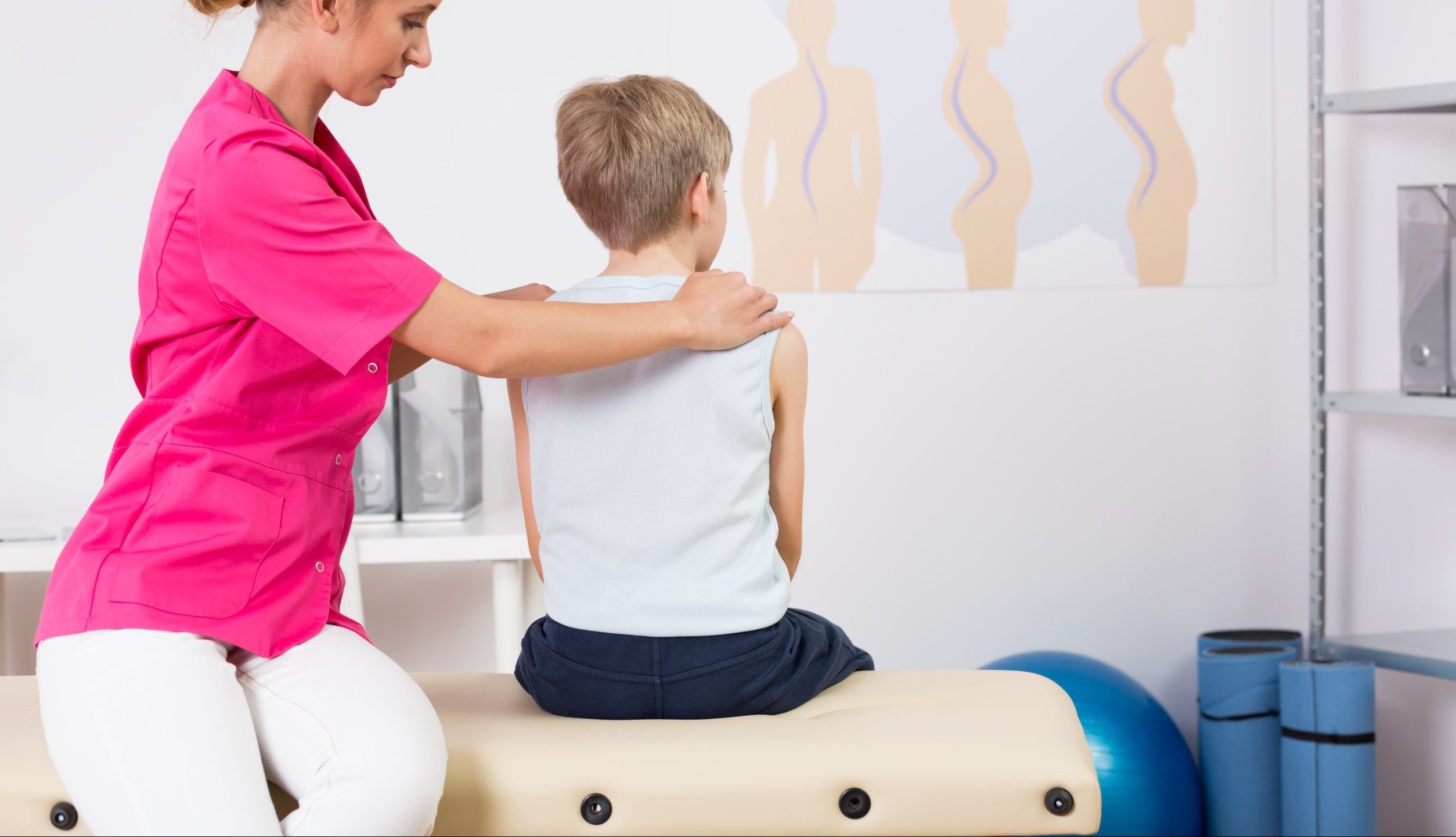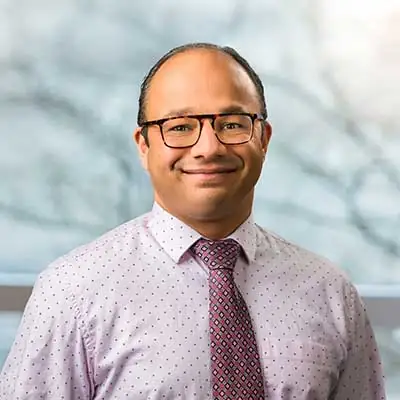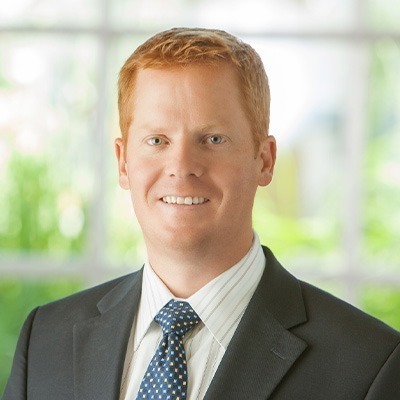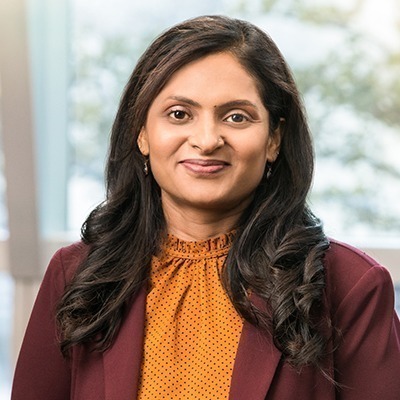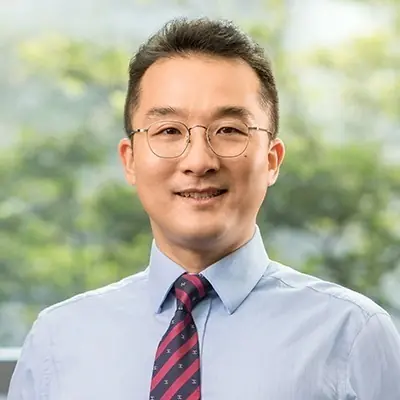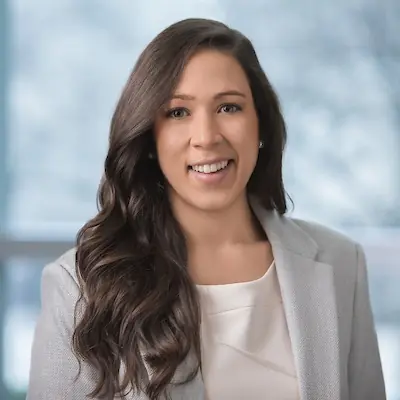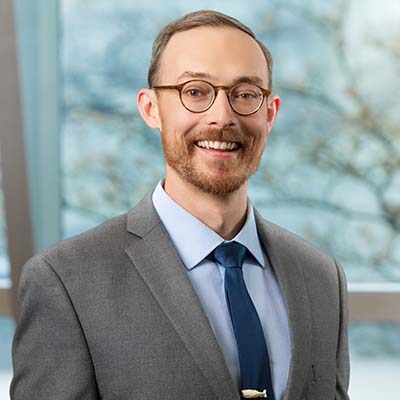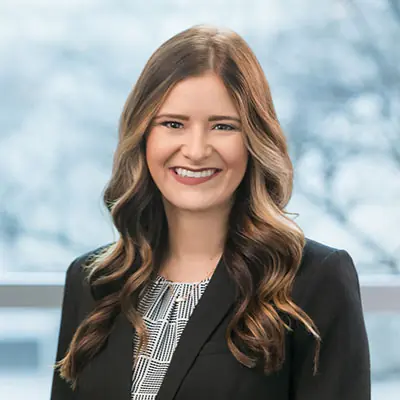Your spine is an essential part of your body. Running all the way from your upper back to your lower back, your spine plays a wide range of roles, from helping you stand up straight to allowing you to bend and twist to holding up your head, neck, and upper body.
If your child has a spine deformity, their spine has an abnormal curvature. For instance, it might have too little curvature (called flatback syndrome) or curve sideways (called scoliosis). It may also have undergone an injury, such as from playing a sport.
Depending on the severity, spine deformities can cause pain, stiffness, and numbness. They can also impact other parts of your child’s well-being, such as their lungs, bladder, or bowels. Getting spine deformities treated early is crucial in ensuring your child’s spine and body grow and develop in a healthy way.
About Children’s Spine Deformity Program
At Children’s Nebraska, our Spine Deformity Program is the only program of its kind in the region.
The Spine Deformity Program is dedicated to helping patients and families navigate spinal deformities from diagnosis to treatment to recovery. Our multidisciplinary team helps detect spine problems early to ensure the proper development of your child’s spine. Among other skilled clinicians, we have a nurse coordinator dedicated to the management of spine deformity patients, as well as nurses experienced in treating spine deformities.
We offer individualized treatment plans and surgical interventions using cutting-edge technology. We utilize fully-equipped state-of-the-art surgical suites with the latest technological advancements, such as the O-arm 3-D intraoperative navigation system (a 2D/3D imaging system that provides enhanced imaging and feedback), stealth navigation (a surgical system that provides improved visualization during procedures), and EOS low-dose imaging (a type of X-ray that uses 50% to 80% less radiation than a standard X-ray).
Our providers don’t just treat patients — they also contribute to pediatric orthopedic research. This means they are committed to discovering new treatments, determining which medical practices are actually working, and exchanging ideas about best practices with other experts in the field.
Our providers are members of the Scoliosis Research Society and the Pediatric Society of North America.
Make An Appointment
Children’s Nebraska Specialty Pediatric Center
4th Floor
111 N. 84th St., Omaha, NE 68114
Omaha: 8 a.m. – 4:30 p.m.
Phone 402-955-6300 | Fax 402-955-6529
Our Specialists
What Sets Children’s Apart?
- We are the only hospital in Nebraska offering EOS imaging — a type of X-ray that uses 50% to 80% less radiation than a standard X-ray.
- We combine the latest research with excellent patient care. Our teams serve as academic leaders in the region for scoliosis management.
- We offer several multi-specialty clinics, where providers from several different medical specialties work together to treat spinal conditions in children.
- Our team offers the Schroth Method, or physiotherapeutic scoliosis-specific exercise (PSSE), a non-surgical option that helps improve posture and manage pain for patients living with scoliosis. A specially trained physical therapist will develop an exercise plan unique for each patient.
Clinics
- Complex Care Clinic: For children with conditions such as cerebral palsy and spina bifida
- Neuromuscular Clinic: For children with diseases that affect both the nervous and muscular systems, which causes weakened muscles, such as muscular dystrophies and spinal muscular atrophy
- Neurofibromatosis Clinic: For children with conditions related to neurofibromatosis, a group of genetic disorders that cause tumors to form on nerve tissue.
- Skeletal Dysplasia Clinic: For children with conditions related to skeletal dysplasia,a group of conditions that affect bone development, neurological function and cartilage growth.
Outreach clinics are located in Omaha, Lincoln, Kearney, and via telehealth.
Conditions We Treat
-
Back Pain
Back pain in children is most likely due to an underlying condition, especially if they are under 4 years old or are experiencing other symptoms, like weakness, numbness, or bowel/bladder problems. Early diagnosis and treatment are key to keeping back pain from becoming worse. -
Congenital Scoliosis
Congenital scoliosis is a condition in which the spine curves sideways (like the letter “C” or “S”). It is caused by a defect that exists at birth, and it can lead to other health problems, including kidney and bladder issues. -
Early Onset Scoliosis
Early onset scoliosis is sideways spine curvature (like the letter “C” or “S”) that occurs before 10 years of age. Depending on how severe it is, untreated early onset scoliosis may cause heart and lung problems that can become worse over time. -
Idiopathic Scoliosis
Idiopathic scoliosis is a sideways curvature of the spine (like the letter “C” or “S”) that has an unknown cause (or “idiopathic”). Usually, idiopathic scoliosis happens when a child is between 10 years of age and fully grown. Scoliosis curves may be small and not need treatment, or they may be large and require treatment to restore proper posture. -
Neuromuscular Scoliosis
Neuromuscular scoliosis is a sideways curvature of the spine (like the letter “C” or “S”) that can occur in children with other medical issues that impact how much they can control the muscles that support the spine. These conditions include muscular dystrophy, spina bifida, and cerebral palsy. -
Postural Kyphosis
Postural kyphosis is a type of kyphosis (spine curvature that is characterized by abnormal rounding of the upper back) that often becomes noticeable during the adolescent years. It is sometimes described as poor posture or slouching, but it is not connected with major structural problems of the spine. In many cases, postural kyphosis can be corrected when children understand how to correct their posture. -
Scheuermann’s Kyphosis
Scheuermann’s kyphosis is caused by a structural abnormality in the spine that creates a sharp and angular curve. It may also lead to stiffness and rigidity in the spine. Children and teens with Scheuermann’s kyphosis are unable to correct their posture by simply sitting or standing up straight. The condition can cause pain, which can worsen with activity. -
Spondylolisthesis
Spondylolisthesis is a condition in which part of the spine called the pars interarticularis (a small part of the vertebrae that connects joints in the spine) fractures and separates. This allows the vertebrae to move forward onto the vertebra right below it. In children and teens, this slippage typically happens during rapid periods of development, such as a growth spurt. -
Spondylolysis
Spondylolysis is a condition in which a stress fracture or crack develops on a part of the weakest part of the spine, called the pars interarticularis (a small part of the vertebrae that connects joints in the spine). It can occur at any age, but the area is particularly vulnerable to injury from repeated stress and overuse that can occur with many sports. -
Sports-Related Spine Injuries
Spine injuries related to sports include fractures, dislocations, lumbar disk herniation (or bulging disk), and spondylolysis and spondylolisthesis. Spine injuries are most common in sports like football, ice hockey, skiing, snowboarding, wrestling, diving, cheerleading, gymnastics, rugby, soccer, and baseball. However, they can occur in any sport, especially where there is a risk of excessive force to the top of the head. -
Syndromic Scoliosis
Syndromic scoliosis is a sideways curvature of the spine (like the letter “C” or “S”) caused by a syndromic disease, such as muscular dystrophy, Down syndrome, Marfan syndrome, and Ehlers-Danlos syndrome. The severity of syndromic scoliosis varies greatly from child to child.
What To Do Next
For Patients
Make An Appointment
Call 402-955-6300 to make an appointment for your child.
Our specialists will see any child, regardless of their ability to pay. Your child does not need insurance to make an appointment. However, if your child does have insurance, please bring the insurance card to the appointment.
Please bring any new patient paperwork, imaging results (X-ray, MRI, CT, etc.), and previous medical records for the condition being treated and any related conditions.
For Referring Providers
The Physicians’ Priority Line is your 24-hour link to pediatric specialists at Children’s for referrals, emergency and urgent consults, physician-to-physician consults, admissions, and transport services. Call 855-850-KIDS (5437).
Learn more about referring patients.
